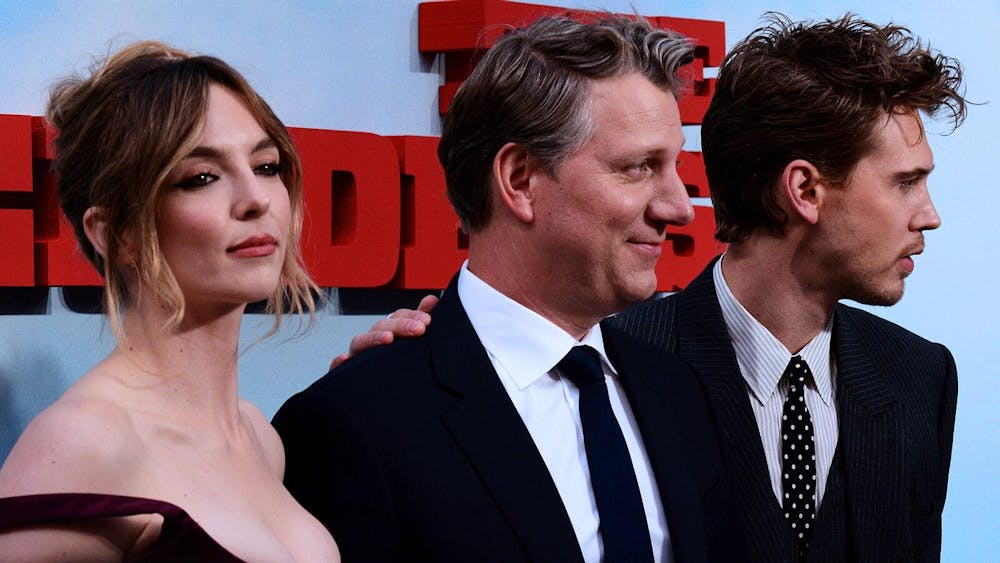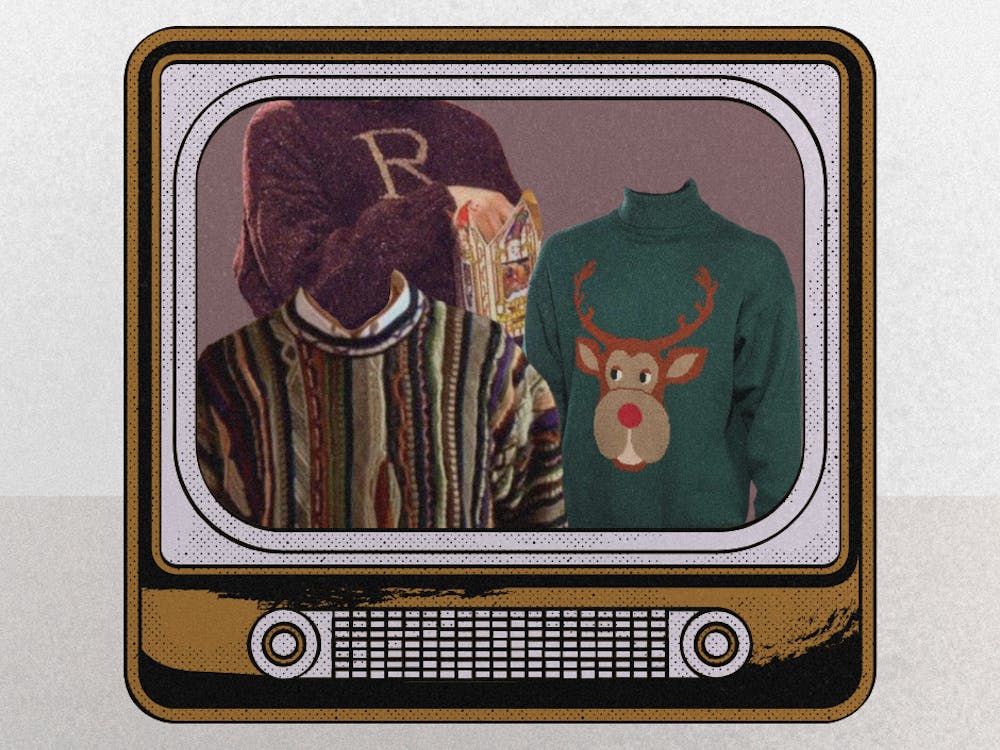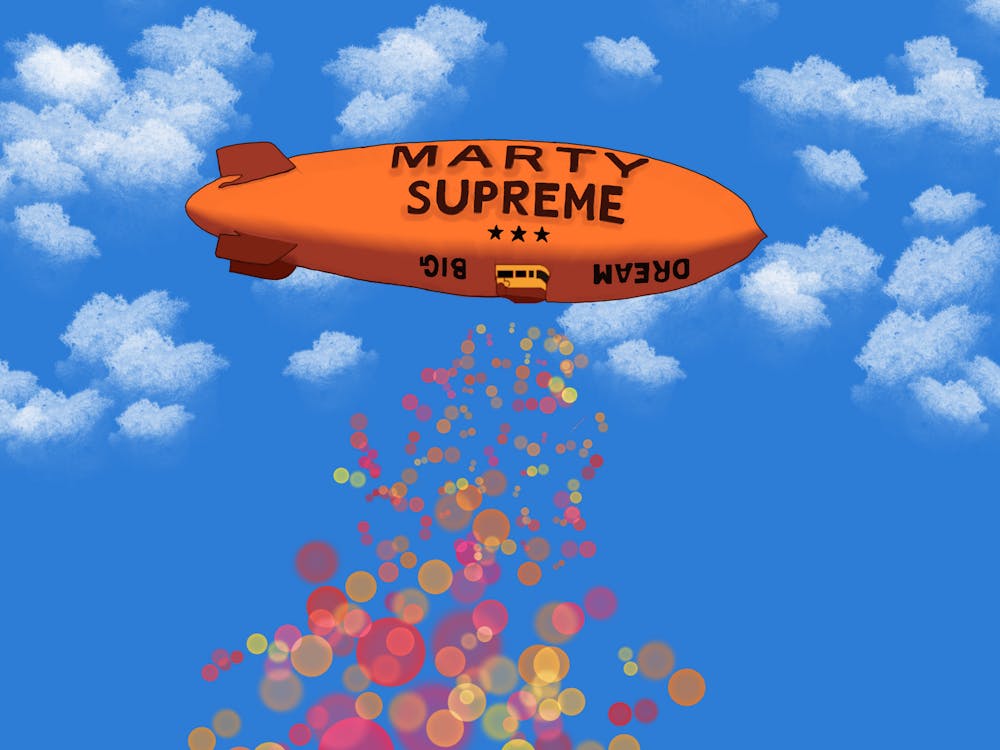In 1968, Danny Lyon published a collection of photographs and interview transcripts chronicling firsthand the characters and community of a Chicago motorcycle club. This is the totemic text upon which Jeff Nichols’ newest feature film is based. “The Bikeriders” follows the fictional biker gang of the Chicago Vandals from its inception through its evolution, its foundational principles through its eventual departure from these ideals.
From its first moments, the film is hyper aware of its photojournalistic origins, an awareness which serves to both the benefit and detriment of the ultimate success of its story. True, “The Bikeriders” is a film of photographs, and who better than a filmmaker to understand the art of photography? As decades of film history — from classics like “On Any Sunday” to even recent blockbusters like “Mission Impossible: Dead Reckoning - Part I” — would suggest, motorcycles are an inherently cinematic property, and Nichols captures them beautifully, embracing the aching aesthetic of dusty fields and cigarette smoke, rugged leather and gritty Americana.
However, “The Bikeriders” also cannot help but be a film of photographs, and as such, lacks in large part any sort of plot or narrative structure beyond a series of interviews conducted by photographer Danny Lyon, played by Mike Faist, who follows the Vandals through their lives and rides together on the open road. While beautiful in its visuals, the film is limited in its plot — a feature that, while inhibiting the film’s overall message, is fitting with the nature of its source text, as the original collection of photographs featured only a limited selection of dialogue.
Given that Nichols had much to go off of stylistically and little rhetorically, it is unsurprising that he opted, for the most part, to show rather than tell. Lyon’s sequences are scattered throughout the film in an effort to drag along what little plot development is occurring. The subject of these interviews, and the gateway into this meticulously crafted world, is Kathy, played by Jodie Comer. As the wife of Benny, who is played by Austin Butler, she is able to provide a look, over a period of years signaled only by changes in her hair style, into the players and politics of the Vandals.
In their roles as members of the Vandals, Michael Shannon, Boyd Holbrook, Emory Cohen and particularly Damon Herriman embody the camaraderie among this community of motorcyclists, while up-and-coming actor Toby Wallace masterfully disrupts it in his role as a young, power hungry, wannabe Vandal. “The Bikeriders” has an incredibly deep bench, and all of these side characters speak to the ethos of the film — that this gang is not just a gang, but a family, and one which would not exist without its founder and leader Johnny, played by Tom Hardy.
For Hardy, this role is a triumphant return to traditional movie stardom — he removes the mask that he has sported in too many of his recent productions, from “Venom” to “The Dark Knight Rises” to even “Dunkirk,” though he maintains his penchant for accents with a quasi-Brando, quasi-Chicago lilt. Hardy’s performance is fun, perhaps a little too fun, but with imposing stature and intense stoicism he is able to embody the combination of charisma and cowing mettle needed to maintain order within the ranks of the group, and go unquestioned in his decision making regarding its future.
While Hardy’s character is the core of the Vandals, Austin Butler’s character is the core of the film itself. Benny is the first and last Vandal shown on screen, the wildest and most whimsical of the group, and the character, despite his sparse dialogue, to whom audiences feel most drawn. Perhaps this appeal is because of what he stands for as someone largely unbothered by the politics and power struggles within the Vandals. For viewers, for Kathy and even for himself, Benny is a representation of freedom — unlike his fellow Vandals, he doesn’t want to lead, he just wants to ride.
More likely, though, this appeal is because of Butler. From his first introduction caught in profile at a bar, to his first meeting with Kathy leaning on a billiards table and slowly raising his head, Butler is magnetic, possessing the type of on-screen presence that grabs hold of the audience’s attention and refuses to let it go. He is ridiculously beautiful, but Nichols is ridiculously aware of his beauty, and is able to capture not only his material attraction but his mesmerizing allure.
With Butler, with Hardy and with Wallace in a fantastic breakthrough performance, Nichols is able to successfully display what is at the core of “The Bikeriders” — ineffable yet exposed masculinity. The film is most successful when the aforementioned set of actors are present, and least when they are not — namely, in the third act where Benny’s presence is particularly limited, and in the various interview sequences between Kathy and Danny Lyon.
These interview scenes serve as little more than checkpoints, bookmarks in a story that really doesn’t need them. Yes, the point of Kathy’s character is to be an outsider, trapped in a quasi-love triangle as she competes with Johnny for Benny’s attention and affection. Yet she is so clearly an outsider — down to her styling in soft pastels that sharply contrast the Vandals’ well-worn denim — that these interview sequences inadvertently detract from the momentum of the film and the action surrounding its characters.
The concept of the motorcycle film has long been in the public consciousness, and indeed “The Bikeriders” itself is aware of this lore — 1969’s “Easy Rider” is shown in the film to be playing in movie theaters, while 1953’s “The Wild One” is cited by Kathy as having inspired Johnny to found the Vandals. The two landmarks hint at a larger cognisance of the culture of mid-20th century Americana, but while Nichols is hyper aware of this culture, both cinematic and historic, he ultimately doesn’t have much to say about them.
Then again, neither did Lyon. That the text in the original photojournal is as sparse as Butler’s dialogue in the film, gives viewers the opportunity to form their own opinions and, more importantly, lets the photos speak for themselves. In his preference for alluring photographs over action-based plot, sure, Nichols does the same — but he does so beautifully enough that it doesn’t really matter.







